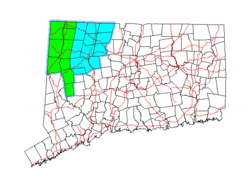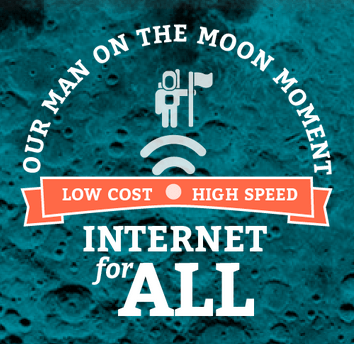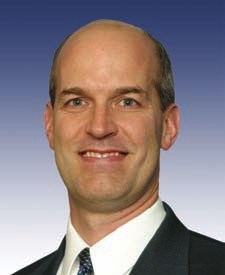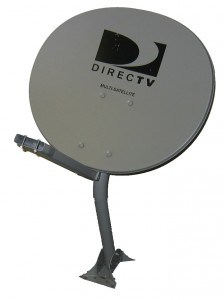
Some Frontier customers worry the company’s extended service outages are “a matter of life and death.” WSAW-TV in Wisconsin is one of several media outlets reporting on the problems at Frontier.
The Better Business Bureau recently renewed its “F” rating for Frontier Communications, issuing this special consumer alert along the way:
On October 17, 2019 and November 21, 2019, BBB attempted to contact Frontier Communications Corp. regarding a high volume and pattern of serious complaints. BBB received 11,803 complaints in the past 36 months alleging customer service issues, missing appointments, decline in services previously handled by other providers who Frontier has assumed, billing issues including additional service charges for periods once the consumer has cancelled services. The business failed to respond to one of these complaints and 76 others were not resolved through BBB’s complaint process.
BBB notified Frontier Communications Corp. about the pattern of complaints and asked the business to voluntarily cooperate in eliminating the pattern by providing a written response outlining the specific steps it would implement in order to avoid similar complaints in the future. BBB also requested general information including copies of refund policies, the names & full contact information of the business’ principal officers and responsible management, copies of its promotional and advertising materials, the physical address of its principal office, copies of required competency licensing and a completed BBB Standard Business Questionnaire.
In response to the pattern of complaints, Frontier Communications Corp. provided the following response:
Frontier’s primary value is putting our customers first. Our fiber network and large rural copper network serves more than 4M customers.
Despite these assets and the dedication of nearly 20,000 employees, we have disappointed customers, primarily due to two very large acquisitions. The first in Connecticut with AT&T and the second in California, Texas and Florida with Verizon. As the BBB points out, many of the 11K (as of December 2019) complaints made on this platform resulted from the transition of services in those two transactions. We have worked diligently to address the issues raised and restore credibility. Issues related to those transactions have been resolved.
We have a new President and CEO who is a true champion of customer satisfaction, and in just a few weeks he has crisscrossed the country to hammer home the need for accountability and reliability and flawless customer service. We need to keep things simple and deliver on our commitments.
Some improvements include updated our website to include more information about how to resolve concerns and whom to contact. Frontier has invested in product and operational innovations that are driving more improvements in our service. Our internal resolution task force continues to remain engaged, reviewing customer service processes and acting on lessons learned to become better guides for, and providers of service to our customers and communities.


 Subscribe
Subscribe
 An aversion of open, hilly landscapes and trees is apparently responsible for keeping residents of rural Connecticut from getting broadband service from the state’s two dominant providers — Comcast and Frontier Communications.
An aversion of open, hilly landscapes and trees is apparently responsible for keeping residents of rural Connecticut from getting broadband service from the state’s two dominant providers — Comcast and Frontier Communications.








